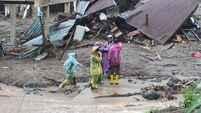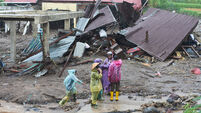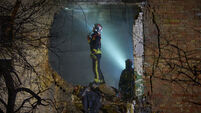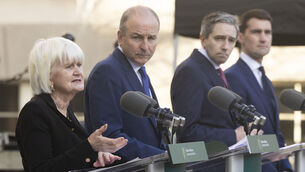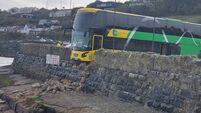Jonathan Watts: What’s at stake at make-or-break Cop26 summit
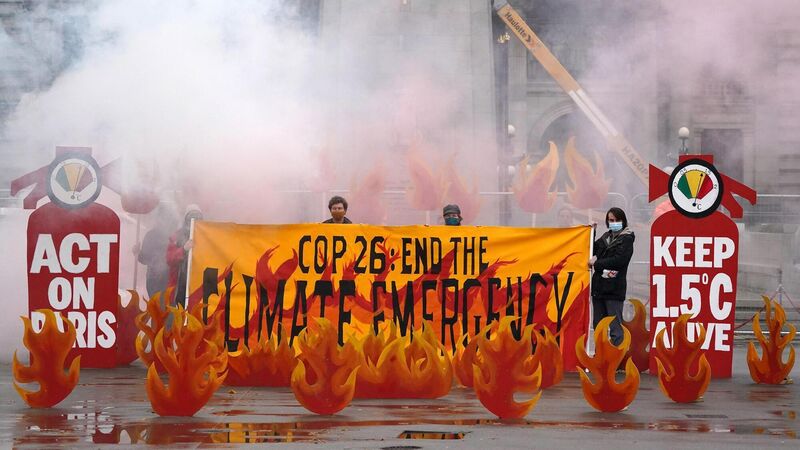
Climate activists simulate a fire in George Square with an art installation of faux flames, smoke, and giant fire extinguishers, in advance of the arrival of world leaders to Glasgow for the Cop26 conference. Picture: Andrew Milligan/PA
Cop26 may involve dozens of world leaders, cost billions of euro, generate reams of technical jargon, and be billed as the last chance to prevent calamitous global heating — but, at its simplest, the climate conference in Glasgow is a debate about dialling up or dialling down risk.
CLIMATE & SUSTAINABILITY HUB




